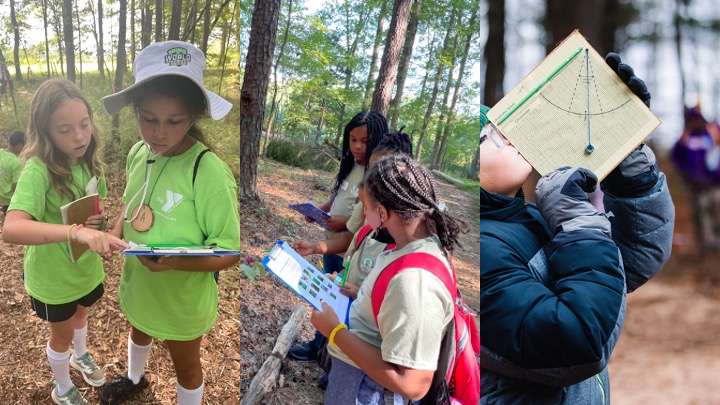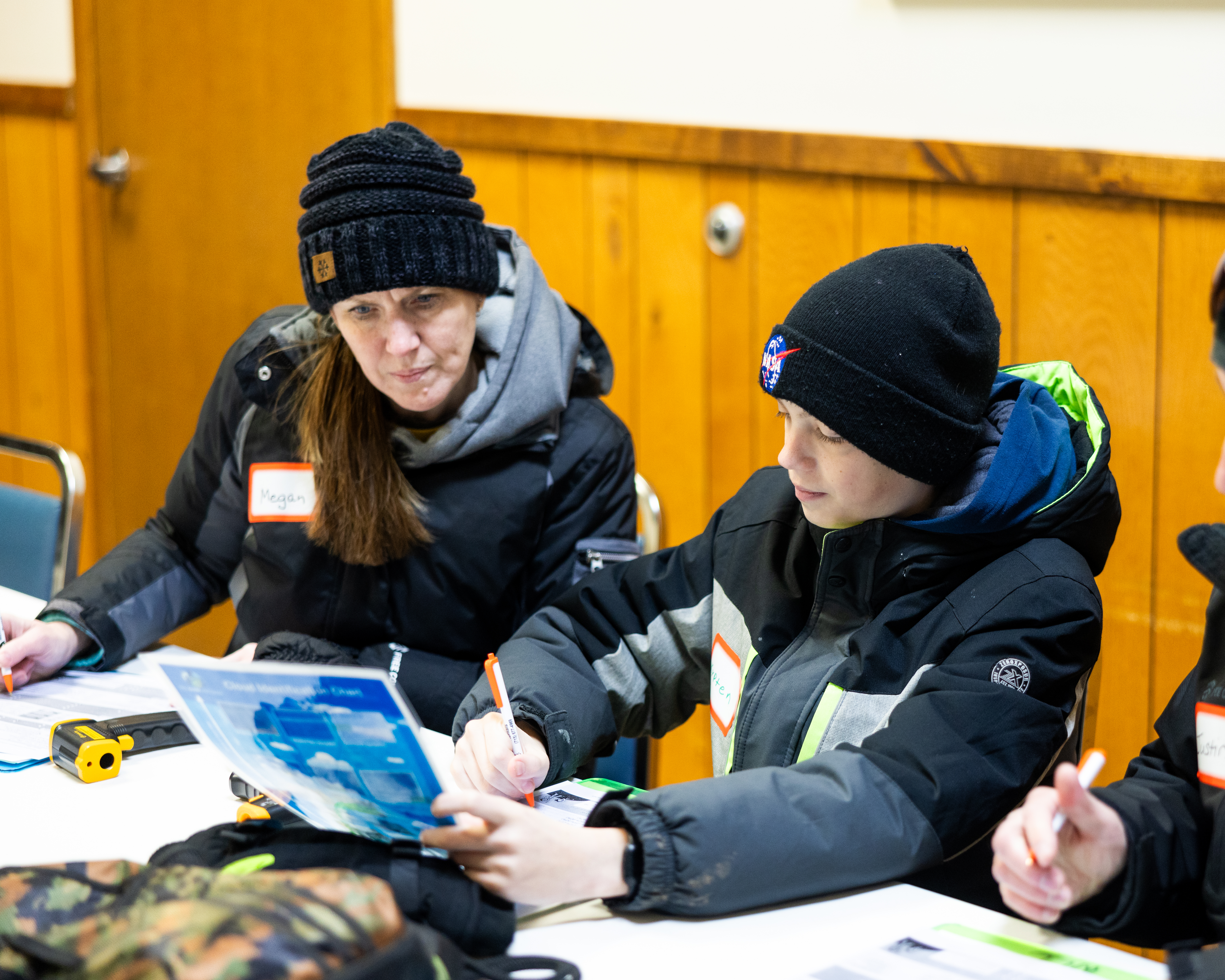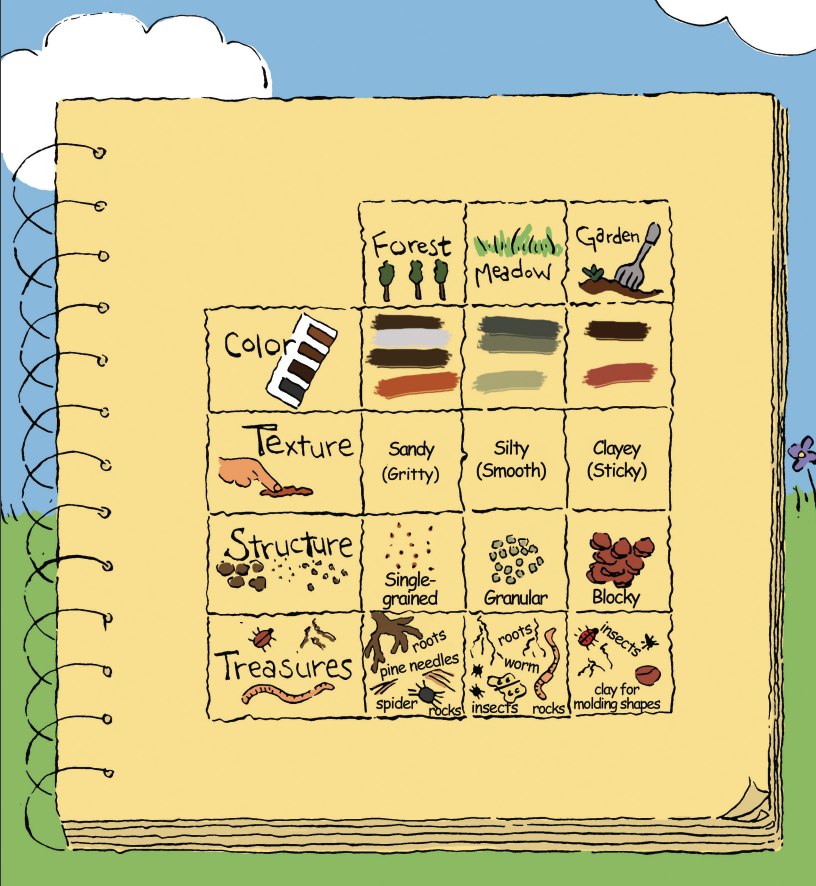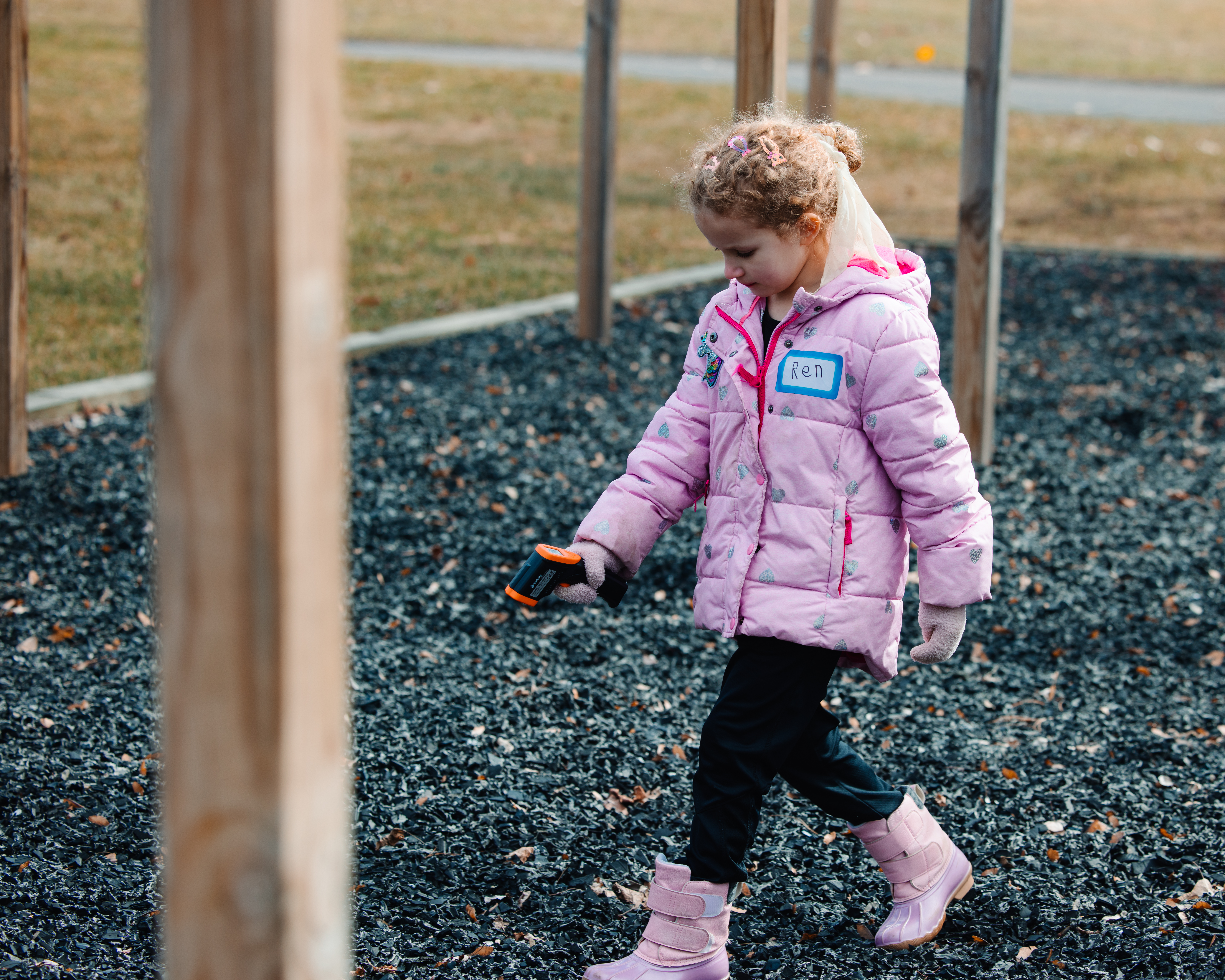News - GLOBE Observer
New GLOBE Camp Programming Guides!
View the recording of the GLOBE Observer Connect on 30 January 2025 for a conversation about GLOBE camp guides with GLOBE Goes to Camp coordinator Tina Harte Ballinger.

GLOBE is going to camp! GLOBE is pleased to offer a new resource guide that provides camp educators with activities and programming ideas built on GLOBE Observer. The new guide will help campers monitor the conditions of clouds, water, and plants, to study change over time.
The guide is divided into four sections to support the four GLOBE Observer data collection tools: clouds, trees, land cover, and mosquito habitats. Each section includes a variety of nature-based learning activities that engage campers in the process of GLOBE science, as well as journal prompts, connections to NASA scientists, data collecting/observation forms, and NGSS standards for Camp to School Connections.

A parent and child work together on a GLOBE Cloud activity during a GLOBE Community Day event at Wisconsin Lion Camp. Photo taken by Jana Tappa of Jana Tappa Photography and used with permission.
These guides were designed, tested, and revised with the input from camp partners in the GLOBE Goes to Camp project. Partners implemented the activities, provided feedback, and met together regularly to provide peer support.

A sample data collection chart for soils from the Elementary GLOBE book, The Scoop on Soils.
“The biggest achievement we’ve had with GLOBE was creating and updating our Earth class,” says Michael Shanahan, who tested the guide with the Shady Creek Outdoor School near Nevada City, California. “The GLOBE activities made it shine. It became soil-ology, or soils class. We used The Scoops on Soil Elementary GLOBE Book and then followed the chart in the book to have the kids do similar activities.”
“It's been fun being able to test this out,” said Phillip Potter, an educator and GLOBE camp tester at Wisconsin Lion Camp, which offers both summer programming and year-round experiential learning like ropes courses or boating. “GLOBE brings elements of traditional education to experiential learning,” says Potter.
The camp guide “campifies” GLOBE protocols, says Shanahan. In his view, the activities in GLOBE Goes to Camp translate GLOBE data collection protocols into a structure that works well in a camp setting or an outdoor classroom like his.
“The guide gives you the bones, then you modify it to suit your needs,” says Potter. For him, those needs include adjustments for family groups. “All of the activities have adaptations to different age levels,” notes Shanahan.
“What we like about GLOBE is that it’s not all or nothing,” says Shanahan. “You can pick and choose what works for your site. At our location, we are in the California gold rush, so we can choose protocols that match those interests and history.”

GLOBE Camp activities include adaptations that makes them
accessible to a wide range of ages. Photo taken by Jana Tappa of Jana Tappa
Photography and used with permission.
In addition to learning, campers can contribute to science by submitting their observations to GLOBE. These observations complement data being collected by NASA’s satellites. The science aspect motivates many, says Potter. “Some of the kids get excited about NASA and using the IR (infrared) thermometers.”

That excitement for science can be powerful. “There’s a lot of awe moments when kids realize that science doesn’t have to be in a lab or with a lab coat,” says Shanahan. “There’s a perception that they can do citizen science or even have a career in science.” It’s helpful that they can take GLOBE back to their classroom or their home, offering a pathway for longer term impact.
For anyone getting started with GLOBE at camp, Shanahan offers this advice: “Pick one thing and do that one thing. If you only do that one thing all summer, that’s a win.” He also recommends reaching out to other camp educators and teachers involved in GLOBE by attending events like GLOBE Watercooler webinars. “Having someone to reach out to is helpful,” he says.
The GLOBE Goes to Camp Guide is one of several resources available on the GLOBE Observer website to support the use of GLOBE outside of schools, including in libraries and with Girl Scouts. They are part of the GLOBE Observer Toolkit for Informal Educators.
For more information about GLOBE Goes to Camp, please contact us.
Tina Harte Ballinger, NASA Langley Research Center, GLOBE Goes to Camp Pilot Project Coordinator, oversees tasks in support of NASA Earth Science Education Collaborative and GLOBE Mission Earth. Her current work includes the development of partnerships within the American Camp Association, working with camp directors to create and pilot informal GLOBE resources that meet the needs of the camp audience.
Comments
View more GLOBE Observer news here.








